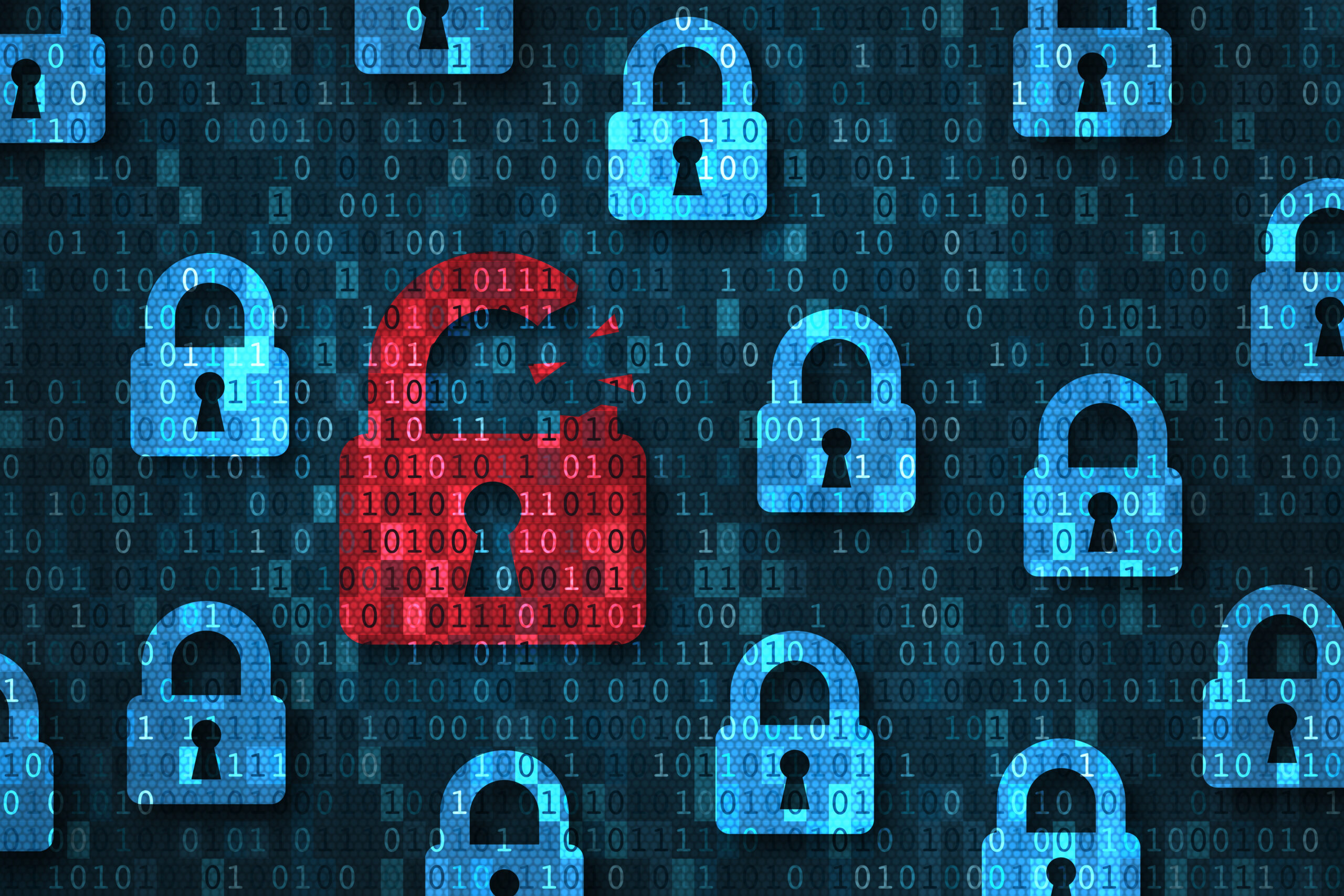
Cybersecurity threats to small businesses in 2023
Small businesses are often seen as easy targets for cybercriminals, as they may not have the same level of security measures in place as larger enterprises. Here are some top cybersecurity threats facing small businesses today, along with some tips on how to prevent them.
Phishing Attacks:
Phishing attacks are a type of social engineering attack where cybercriminals send fraudulent emails or messages in order to trick users into giving up sensitive information or downloading malware. Small businesses can prevent phishing attacks by training employees on how to recognize and avoid them, using email filtering tools to block suspicious emails, and implementing two-factor authentication for access to sensitive data.
Ransomware:
Ransomware is a type of malware that encrypts a victim’s files and demands a ransom in exchange for the decryption key. Small businesses can prevent ransomware attacks by keeping their software up to date, using antivirus software, and implementing a data backup strategy so that they can recover their data without paying the ransom.
Internal Threats and Human Error:
Often internal threats get looked over, but humans regularly fall victim to attacks. In fact, the human element is involved in 95% of all breaches. Whether intentional or not, humans who often perform routine tasks are even more at risk to fall victim to attacks. Next month, Microsoft will be making a major security feature update to Microsoft Authenticator to safeguard against “accidental approvals” which occur when an attacker sends multiple approval request hoping a user will eventually hit approve to get the notification to go away.
They best way to combat this threat is to implement a cybersecurity program that is relevant to your industry. You should also put proper measures in place to monitor threats inside your organization and flag suspicious behavior.
BEC and Social Engineering:
In 2022 the Anti-Phishing Working Group recorded over 3 million phishing attacks in the first three quarters, which each quarter breaking another record as the worst quarter the APQG had ever seen. With email protection in place across many organizations, experts are finding that mobile devices and personal channels such as LinkedIn and WhatsApp are becoming increasing popular amongst attack groups. A recent study revealed there was a 50% increase in attacks on mobile devices alone, compared to last year. In some instances, attackers left voicemails and then sent either a follow-up text or email to lend credibility to the sender.
Often in economic downturn individuals are more willing to risk committing fraud for financial gain so we expect in 2023 this will continue to be a major threat both individuals and organizations face. Just as cybercriminals evolve their attack methods, individuals need to keep up to speed as well. To defend against this cybersecurity threat, users need to stay vigilant when giving out information and stay up to date on the latest phishing techniques.
Zero-trust architecture: Eliminating implicit trust:
Zero-trust architecture modernizes traditional security models that operate on an outdated assumption that everything within the network is trustworthy. In this framework, as soon as a user enters a network, it can access anything and exfiltrate data.
Zero trust does away with implicit trust and applies continuous validation. Establishing zero-trust architecture in a network requires visibility and control over an environment’s traffic and users. Such a scope involves determining what’s encrypted, monitoring and verifying traffic and using MFA.
With zero-trust security, organizations review everything, standardize all security measures and create a baseline. As many companies go through their own digital transformations, we will see an increase in the adoption of this approach.

Cyber Insurance Requirements Increase as Cyberattacks Become More Prevalent
When the concept of cyber insurance was first introduced, it seemed like a shakedown and another way for insurers to take an organization’s money. But today, according to Sophos’ Cyber Insurance 2022: Reality from the Infosec Frontline report, cyber insurance policies are now held by 94% of organizations.
So, what’s driving this adoption of cyber insurance?
Much of the adoption lies in organizations experiencing an attack and realizing they need insurance to cover what their own cybersecurity stance doesn’t. According to the report:
57% of respondents experienced an increase in the volume of cyberattacks on their organization
59% saw the complexity of these attacks increase
53% said the impact of these attacks had also increased
89% of those hit by ransomware have cyber insurance against ransomware
And it’s getting more challenging to obtain cyber insurance as insurers evolve their minimum cybersecurity standards. According to the report:
94% of those with cyber insurance said the process for securing coverage had changed over the last year
54% say the level of cybersecurity they need to qualify for insurance is now higher
47% say policies are now more complex
40% say fewer companies offer cyber insurance
37% say the process takes longer
And even if you get a policy, there’s no guarantee the attack scenario you encounter is covered, as many organizations have needed to go to court over being paid out based on their policy.
So, the best plan is to have as secure an environment as possible – including securing your users with continual Security Awareness Training to minimize the threat of email- and web-based social engineering attacks designed to give attackers entrance into the organization’s network.
For more information on Dark Web monitoring or having us perform an in-depth Network and Security Assessment, email us at [email protected] or give us a call at 732-780-8615 today to set up an appointment.
Excerpts taken from:
“Top 5 cybersecurity threats to small businesses in 2023”, fusetechnology.com
“The Top 5 Cybersecurity Threats Your Business Needs to Know For 2023″, convergencenetworks.com, Jan. 13, 2023
Alex Smith, “5 key cybersecurity trends for 2023″, venturebeat.com
“Cyber Insurance Requirements Increase as Cyberattacks Become More Prevalent”, yoeandyeo.com, Aug. 4, 2022
